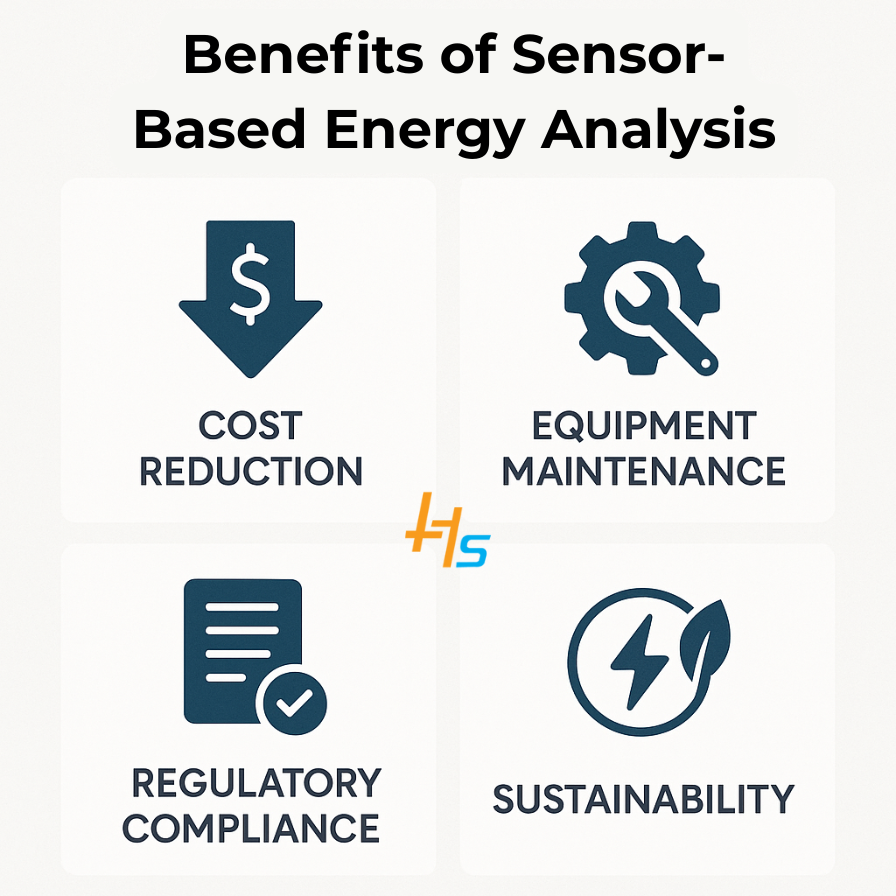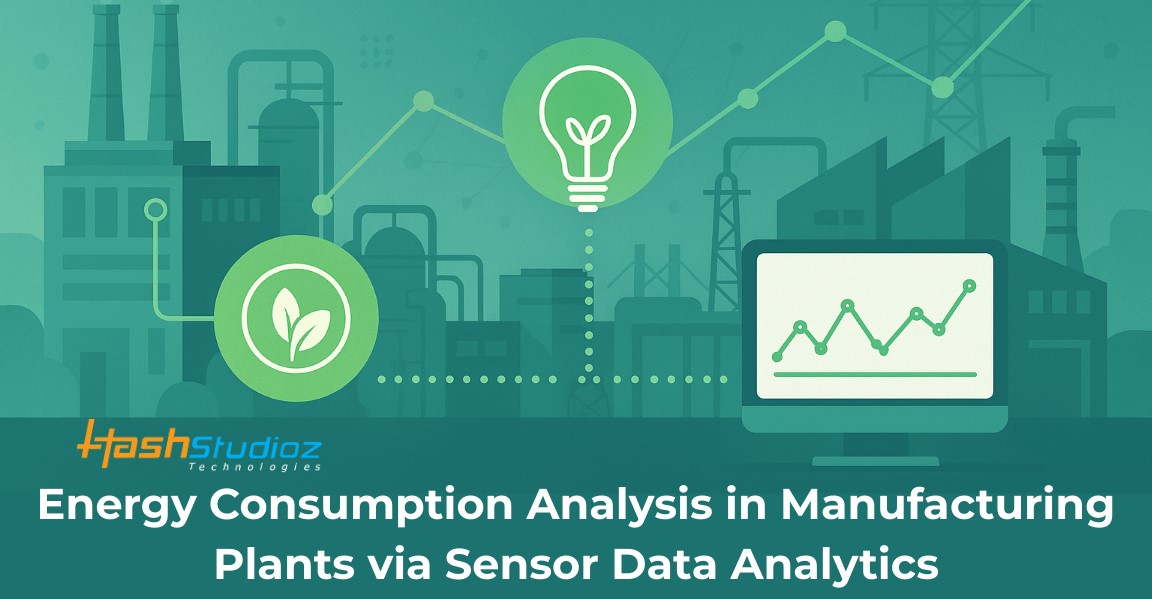As global energy costs continue to rise and sustainability becomes a key business priority, manufacturing plants are increasingly seeking ways to monitor, analyze, and reduce their energy consumption. One of the most effective strategies is leveraging sensor data analytics. By collecting and analyzing real-time data from industrial sensors, manufacturers can gain deep insights into their energy usage patterns, identify inefficiencies, and optimize operations.
Table of Contents
Understanding Sensor Data in Manufacturing
Modern manufacturing plants use a variety of sensors that actively track parameters such as:
- Electricity usage (kWh)
- Temperature and humidity
- Machine vibration and load
- Run-time and idle time
These sensors typically monitor machinery, production lines, HVAC systems, and lighting infrastructure. They generate a continuous flow of data that offers a granular view of where and how energy is consumed across the plant.
Data Collection and Integration
To make sense of sensor data, it needs to be collected and integrated into a centralized system. Key aspects of this process include:
- IoT Infrastructure: A robust Internet of Things (IoT) setup enables seamless data transmission from sensors to cloud or on-premise servers.
- Real-Time vs. Batch Data: Real-time data allows for instant responses to anomalies, while batch data supports historical trend analysis.
- Data Aggregation Challenges: Manufacturers must deal with data from multiple formats, protocols, and sensor types, which requires powerful ETL (Extract, Transform, Load) tools and middleware.
Techniques for Energy Consumption Analysis
Several advanced analytics techniques help convert raw sensor data into actionable insights:
- Time-Series Analysis: Tracks energy usage over time to identify peak demand periods and seasonal variations.
- Anomaly Detection: Uses statistical methods and machine learning to flag unusual energy consumption that may indicate equipment failure or inefficiency.
- Pattern Recognition and Clustering: Groups similar consumption behaviors to find operational patterns and optimize scheduling.
- Predictive Analytics: Forecasts future energy needs based on historical data, enabling proactive planning and energy procurement.
Benefits of Sensor-Based Energy Analysis
Implementing sensor-driven energy analytics brings significant advantages:

- Cost Reduction: Identifies areas of energy waste and provides data-driven strategies to reduce consumption.
- Equipment Maintenance: Early detection of anomalies prevents equipment breakdown and extends machinery lifespan.
- Regulatory Compliance: Helps meet energy efficiency and environmental standards.
- Sustainability: Contributes to a lower carbon footprint, aligning with corporate social responsibility goals.
Tools and Technologies
Several tools and platforms support sensor data analytics in manufacturing:
- Analytics Platforms: Power BI, Tableau, and custom dashboards for visualization and reporting.
- Programming Tools: Python and R for custom machine learning models and statistical analysis.
- Cloud Services: AWS IoT, Azure IoT Hub, and Google Cloud IoT for scalable data storage and computing.
- ERP/MES Integration: Ensures energy data is aligned with production and operational data.
Challenges and Best Practices
While the benefits are compelling, sensor data analytics comes with its own set of challenges:
- Data Quality: Inaccurate or missing data can lead to misleading insights. Regular sensor calibration is essential.
- Security: Sensor networks must be protected against cyber threats.
- Scalability: Systems should be designed to handle growing data volumes as plants expand or digitize further.
Best Practices Include:
- Starting with a pilot project
- Investing in staff training
- Choosing scalable and interoperable platforms
Future Outlook
The future of energy management in manufacturing is heading toward greater automation and intelligence:
- AI and Edge Analytics: Enable faster, localized decision-making without relying on centralized cloud processing.
- Digital Twins: Virtual replicas of physical assets that simulate energy performance under various conditions.
- Autonomous Optimization: Systems that automatically adjust operations to minimize energy use without human intervention.
Conclusion
Sensor data analytics is revolutionizing how manufacturing plants approach energy consumption. From real-time monitoring to predictive maintenance and strategic planning, data-driven insights are key to reducing costs and achieving sustainability targets.
Ready to unlock the full potential of sensor data for your manufacturing plant? As a leading IoT Development Company, HashStudioz Technologies specializes in building custom IoT and data analytics solutions that help you monitor, analyze, and reduce energy consumption. Contact us today to start your digital energy transformation journey.

